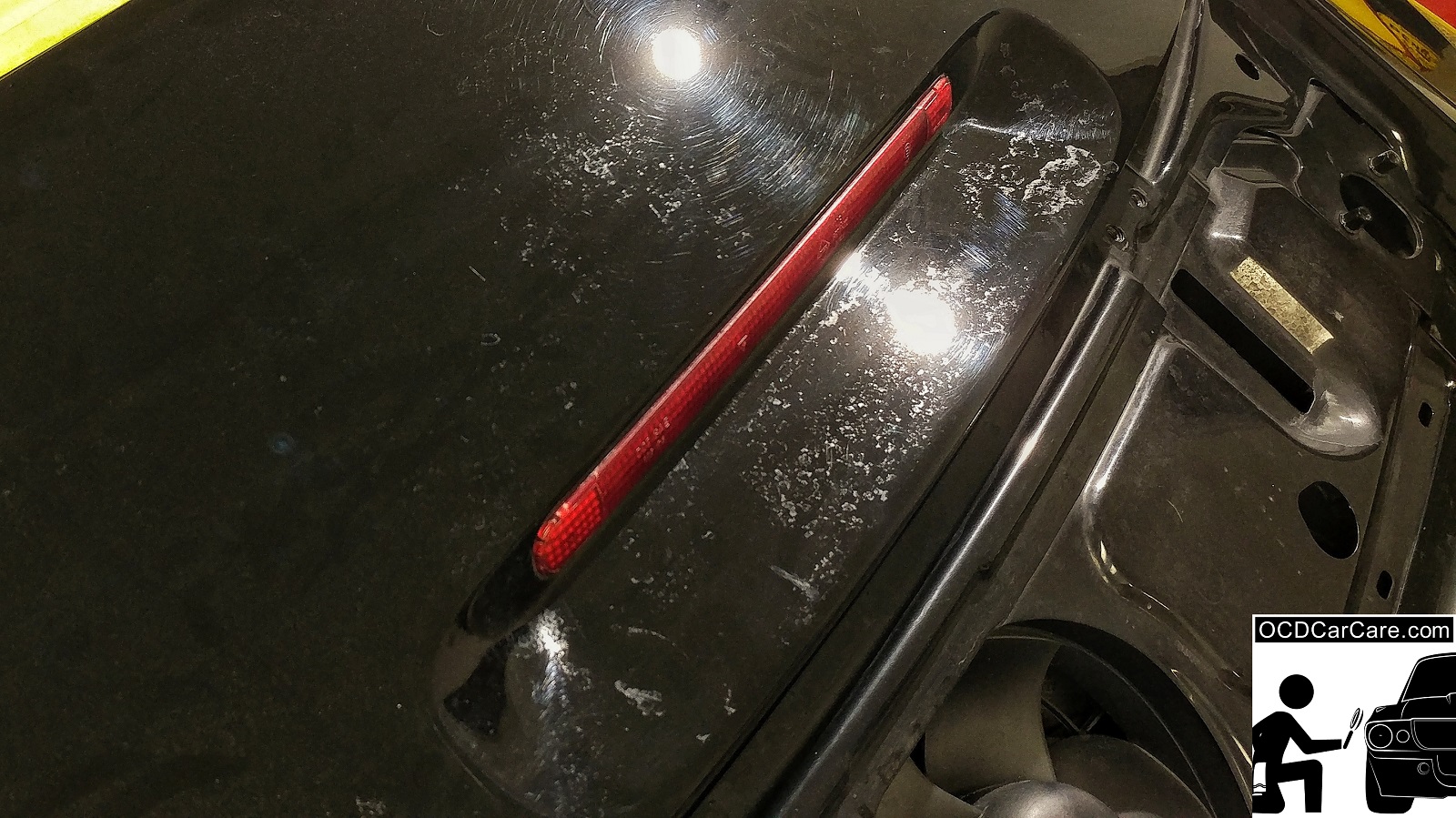The Long-Term Benefits of Picking Ceramic Coating Philadelphia for Your Cars and truck
The Long-Term Benefits of Picking Ceramic Coating Philadelphia for Your Cars and truck
Blog Article
Why Ceramic Finishing Is the Ultimate Option for a Flawless Complete
Ceramic finish has actually arised as a leading option for those seeking a remarkable surface for their automobiles, thanks to its exceptional durability and protective functions. What variables really established ceramic covering apart?
What Is Ceramic Finish?

When used properly, ceramic finish develops a hydrophobic surface that wards off water and dust, making it much easier to preserve and clean up. Unlike typical waxes or sealers, which normally supply short-lived security, ceramic finishes can last for several years, depending upon the product quality and application technique. The process of applying ceramic finish calls for meticulous prep work, consisting of thorough cleaning and occasionally paint correction, to ensure optimal bonding and effectiveness.
Ceramic coatings are not restricted to automobile surfaces; they can likewise be made use of on different products, including glass, metal, and plastics, supplying a versatile solution for enhancing defense. On the whole, ceramic layer stands for a significant improvement in surface defense innovation, combining both functional and aesthetic advantages for a wide array of applications.
Advantages of Ceramic Finish
While several surface security choices exist, the benefits of ceramic layer stand apart as a result of its one-of-a-kind residential or commercial properties and resilient efficiency. One of the main benefits is its remarkable resilience. Ceramic Coating Philadelphia. Unlike conventional wax or sealers that require constant reapplication, ceramic coatings give a resistant layer that can last for a number of years, dramatically minimizing upkeep initiatives
One more noteworthy advantage is improved security versus environmental pollutants. Ceramic finishes produce a hydrophobic surface area that drives away water, dirt, and various toxins, making it less complicated to cleanse. This attribute not just protects the vehicle's appearance yet likewise minimizes the threat of rust and oxidation, specifically in extreme weather conditions.
In addition, ceramic layers supply exceptional resistance to UV rays, stopping fading and destruction of paint in time. This UV defense is critical for keeping the visual worth of surfaces and cars subjected to route sunshine.
In addition, the shiny surface attained with ceramic layer boosts the overall visual appeal, giving surface areas a showroom-quality luster. In general, ceramic finishings represent a considerable innovation in surface defense modern technology, giving long-lasting advantages that satisfy both useful and aesthetic requirements.
How It Functions
Recognizing the science behind ceramic coverings reveals just how they give such amazing security and longevity. At its core, a ceramic finish is a liquid polymer that chemically bonds with the car's manufacturing facility paint. This bonding creates a protective layer that is both hydrophobic and oleophobic, repelling water, dust, and oil. The main component of many ceramic coverings is silicon dioxide (SiO2), which is stemmed from quartz. This substance adds to the finish's solidity and resistance to scrapes, UV rays, and environmental impurities.
The application procedure includes several actions, including surface area prep work, which is important to achieving optimum bond. Once applied, the finishing undertakes a curing procedure, during which it hardens and forms a semi-permanent bond with the paint surface area. This bond is what distinguishes ceramic layers from standard waxes and sealants, offering a longer-lasting protective barrier that can withstand for years.
Additionally, the thickness of the layer can boost its safety top qualities, making certain that it can endure harsh problems. Ultimately, the scientific research of ceramic finishes incorporates advanced products with innovative application investigate this site techniques to deliver an unequaled degree of security and visual enhancement for lorries.
Comparison With Traditional Approaches
When compared to typical paint defense approaches such as sealers and waxes,The advantages of ceramic coverings end up being particularly obvious. While waxes supply a short-lived sparkle, usually lasting a couple of weeks to a pair of months, ceramic finishes provide a lasting protective layer that can sustain for numerous years. This toughness significantly reduces the regularity of reapplication, making ceramic coverings a much more cost-effective solution with time.
Furthermore, conventional methods commonly need considerable prep work and numerous applications to achieve an acceptable degree of protection. On the other hand, ceramic coatings bond at a molecular level with the vehicle's surface, producing a durable guard versus ecological impurities like UV rays, acid rainfall, and road salts. This bond enhances the lorry's resistance to scratches and swirl marks, which prevail with traditional waxes and sealants.
In look these up addition, the hydrophobic properties of ceramic coatings push back water and dirt, resulting in much easier cleaning and maintenance. On the other hand, wax and sealant-treated surface areas can attract gunk, requiring more frequent washing - Ceramic Coating Philadelphia. Generally, ceramic finishes not only give remarkable protection however likewise provide a more visually enticing and enduring surface, developing them as the recommended option for discerning lorry proprietors
Application and Upkeep Tips

Using a foam applicator, apply the covering in small areas, following the manufacturer's guidelines pertaining to density and overlap. Permit adequate healing time in between layers, commonly 24-hour, to ensure proper bonding. After application, helpful hints it is essential to avoid exposure to water or severe components for at the very least a week to allow the layer to completely treat.
For maintenance, clean the vehicle routinely with pH-balanced soaps and stay clear of unpleasant products. Touchless vehicle laundries are recommended to minimize scraping. Furthermore, utilizing a ceramic maintenance spray can enhance the finish's hydrophobic buildings and long life. Normal assessments for any type of indicators of wear will assist preserve the covering's honesty and protect that beautiful coating.
Final Thought
In final thought, ceramic coating arises as a remarkable choice for attaining a remarkable automotive finish. By forming a durable bond with manufacturing facility paint, ceramic finishing successfully shields versus scratches, UV rays, and environmental contaminants.

Report this page